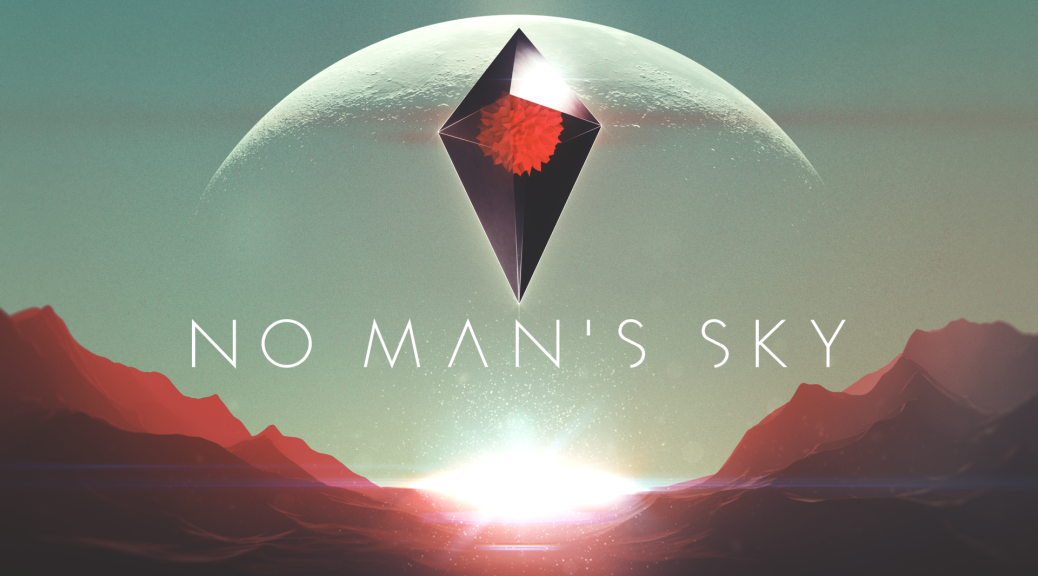I mean, have you seen the E3 videos? That alone should be enough to start some hype.
So as I sit here dreading the porting of game related posts from where I usually run off at the mouth (which I’m trying to keep fairly separate from this site), I figured I’d write a little bit about how I really can’t wait until No Man’s Sky is finally released.
I guess, from a pure gamer point of view, when you look at the galaxy map presented in the 2015 gameplay video, it’s the words (paraphrased here) that blow my mind:
Every point of light is a sun. Every sun has a system of planets. Every planet is unique.
There’s been comments made that they theorize that up to 99.9% of the planets available to the game will never be visited.
Next, there’s the concept of “procedurally generated.” This tickles the programmer in me. In most games, there’s some significant storage set aside for how a map/room/building is represented. When you visit the room, the game renders it for you. In No Man’s Sky, this is not the case. I would expect that planets are only represented in their basest form as a seed number. Now yes, I linked to Wikipedia’s article about random number generation with seed numbers, but that’s the best way to describe it: a number that you put into an algorithm that, if you used that number every time, would actually end up with the same result every time. But this over-simplifies what they’re doing with No Man’s Sky. So let’s put it this way:
If no one ever visited a planet with a given seed number, no one would ever know really what that planet would look like.
Not even the developers. And that’s unusual.
When someone does visit a planet, a series of algorithms kicks in that figures out what the planet would look like and what the atmosphere is like. At the end of this series of algorithms, something that’s taken into account things like “distance from star”, “composition of the atmosphere” (which then influences the resulting climate, color of the sky, density of the air), “time of existence” (which, with multiple visits, might show planetary processes like erosion) is generated on the fly. And since all of the algorithms use the same seed number to start the computations, they always (assuming a properly working system) result in the same basic planet in the end (again, with time being a factor, things will change a little bit).
And there will be life on every planet. Some life will look familiar. Some will look bizarre.
I cannot stress enough just how much hope I have for this game. It’s rare for me to preorder a game … but I’ve preordered this, and am waiting for June 21, 2016 to come (8 years, 9 months, 10 days, 3 hours, 35 minutes ago). Not soon enough!

